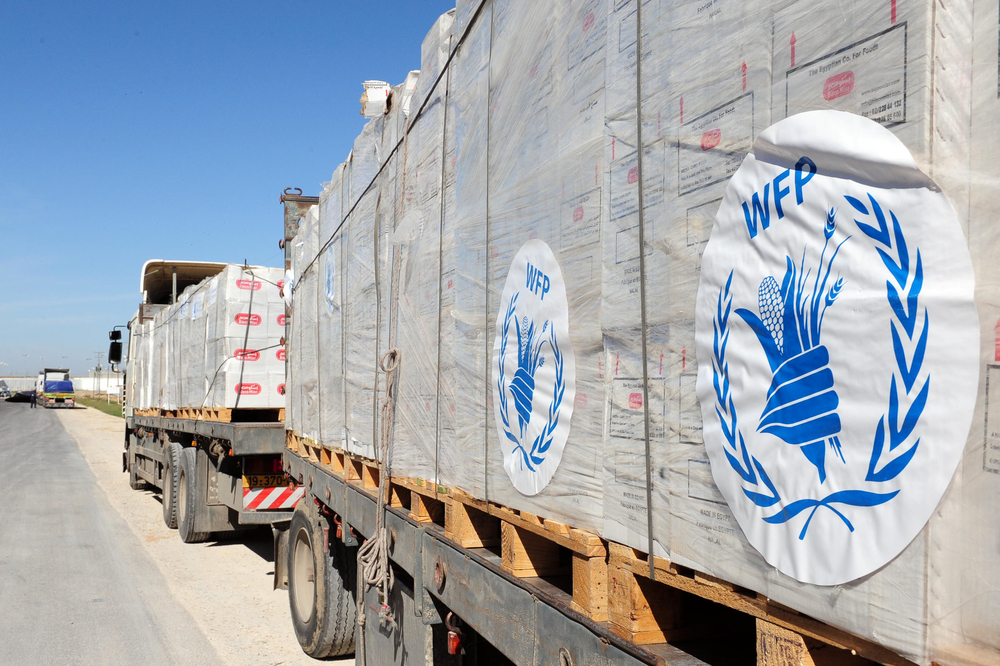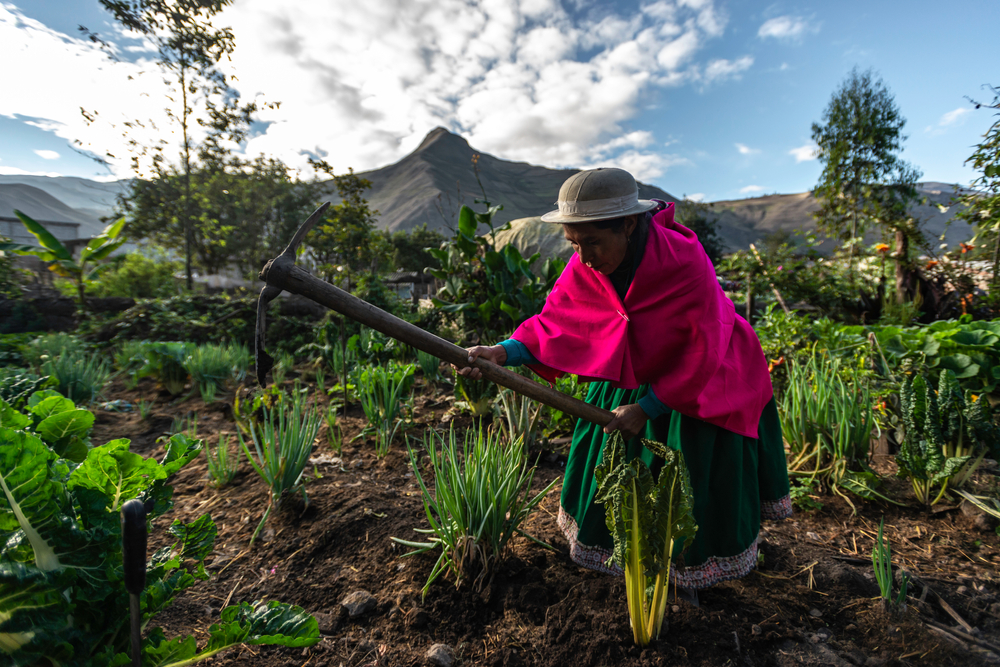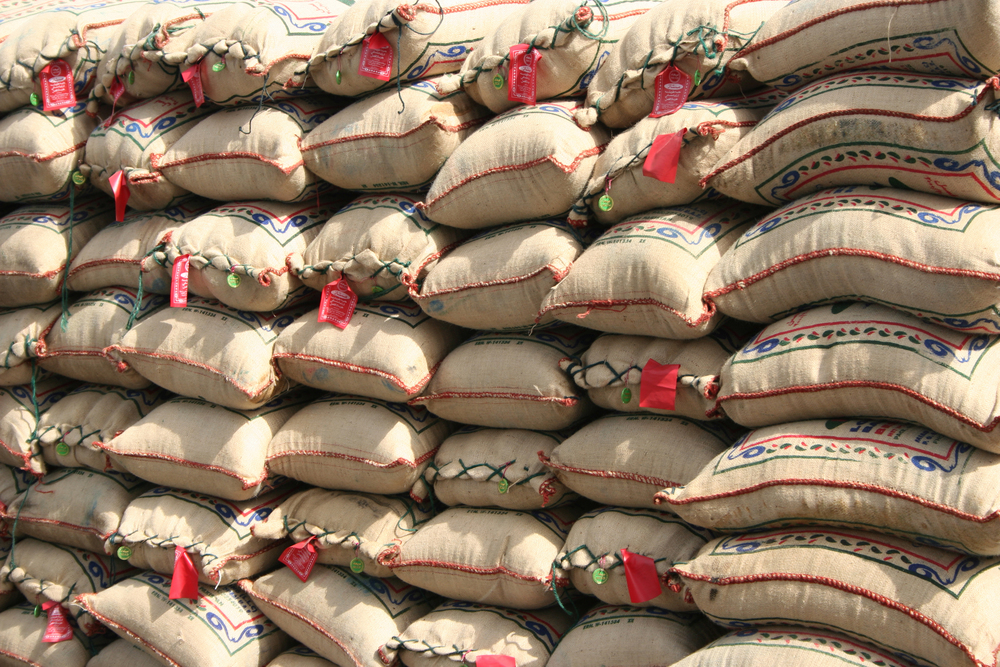By 1956, food aid accounted for half of all US economic aid throughout the world. From the 1950s onward, food became a central piece of American aid throughout the world and a foundational element in the evolving US-dominated global economy. By 1960, one-third of the world’s trade in wheat came from US food aid (50).
The intent of American aid in programs like the Marshall Plan was both politically pragmatic and morally benevolent. It took only a decade for the economic benefits of aid and the resulting trade networks it established to be recognized, and by that point US food aid was much more tightly linked to agricultural and economic lobbyist objectives.
This is an excerpt from the 2019 book How the World Ends: Understanding the Growing Chaos. At that time JB Shreve explained how three core crises (population, food, and water) would contribute to a terrific rise in chaos across the globe during the next half century. By-products of these core crises would be pandemics, resource wars, social unrest, and increasing divides between rich and poor. These secondary crises would amplify the coming storm. All of that is happening now, even faster than predicted at the end of 2019. We are publishing portions of the “food crisis” section of the book here each day this week. Readers who want to go deeper are encouraged to purchase your copy of the book here.
A conundrum developed: US farmers were harvesting a crop surplus every year but struggled to turn these surpluses into profits due to limited market demand. The mouths of America were being filled, but there was still food left over – so food aid was again the answer. Food aid opened up new foreign markets, and those markets could be largely commanded by American policies.
In 1960, 70% of US wheat exports were distributed abroad as food aid rather than commercial sales (51). As US wheat went into foreign markets, it was not sold and distributed in a free market economy. Prices were kept artificially low through government subsidies in order to make the wheat better available to the poor who were being aided. The unintended consequence of this practice, however, was a destabilizing effect upon local economies and agriculture systems south of the equator, where most of the food aid was going.
Local farmers could not compete with US food supplies entering their country at artificially low prices, so they were soon driven out of business. The economies of these nations were thereby permanently underdeveloped and a constant demand for aid from the western world was built into them. We would soon learn that such economies and states were also highly susceptible to corruption and despotism.
Meanwhile, the US economy built a dependency upon these exports and sales to the poorer nations of the world. US farmers were actually being paid to grow fewer crops in the United States. The US needed to limit the surpluses from further increase because the government was already subsidizing so many food exports. The subsidizing of the food exports was holding crop prices low. If we kept adding to that surplus, prices would go even lower. The effects of this manipulation were felt strongest in the poorer nations receiving the food aid. They were being fed, but their economies were being destabilized and their internal systems that might have brought economic and agricultural restoration were being broken.
Raj Patel has compared the relationship between the US and the poorer nations of the world it was feeding at the time to that of a dealer and a junky, both caught in a cycle of mutual destruction from which they could not walk away and through which they would ultimately come to resent each other. The former benevolence of the food aid system had also faded by the time of the Nixon administration, and the pragmatic political strength of controlling the world’s food system had taken a firm hold. In the words of Earl Butz, US Agriculture Secretary under Presidents Nixon and Ford, “Hungry men listen only to those who have a piece of bread. Food is a tool. It is a weapon in the US negotiating kit.”
Modernizing the Global Economy Around Dysfunction
Much was to change in the 1970s, however, with a world energy crisis sparked by the OPEC embargo and sustained by the newly recognized global strength of the world’s oil producing nations. Higher energy prices meant a recalibration of the world food system’s supply flow. The US shifted its decades-old trend of feeding the poorer nations and began sending its food surpluses to the Soviet Union in exchange for the newly high-priced oil. Meanwhile, European nations advanced into the global south to fill the void left by the US. The poor nations of the southern hemisphere continued their addiction to artificially low-priced food imports even though they were neutralizing their domestic agriculture and economic systems, while the Europeans gained income off this new export market.
Then came the economic shocks of the energy crisis. Higher interest rates led to inflation throughout the world, and as the oil producing nations grew rich, the rest of the world was caught in an economic slump. The effects were felt strongest among nations whose economies had been retarded by the food aid system since the early 1960s. While the developed world of America and Europe waited in line for gas, much of the rest of the world needed money to buy food. The bulging bank accounts of the oil producing nations were all very happy to lend money – at high interest rates. By the end of the 1970s, this led to the worldwide economic recession that would devastate and collapse numerous economies throughout the southern hemisphere. This was the time period when we became more familiar with the plight of African children starving to death on nightly television infomercials as well as tales of collapsing economies and currencies in Latin America. They were both stories and byproducts of the same issue, although most observers did not recognize it at the time. The interconnected complexities of the global economy and the food system were being lost in most people’s perspectives.
We will run excerpts from JB Shreve’s book How the World Ends: Understanding the Global Chaos throughout this week. These excerpts explore the nature and pathways of the global food crisis that is now arriving. Check back tomorrow for the next post in this series and a continued look at the development of the modern global food system.






